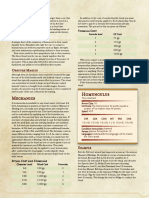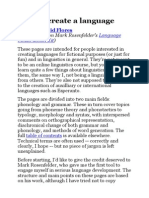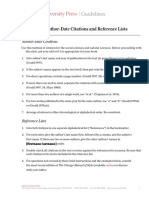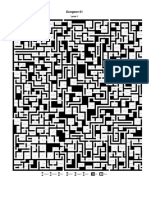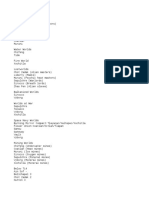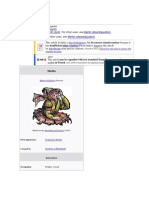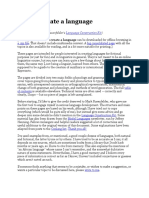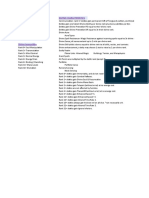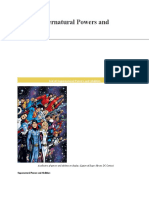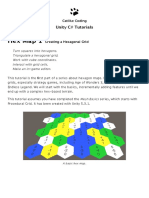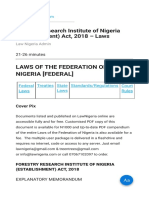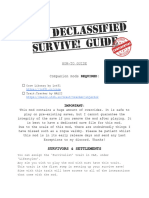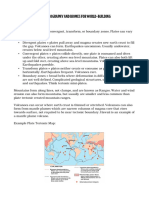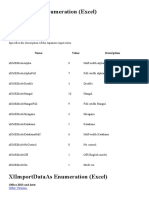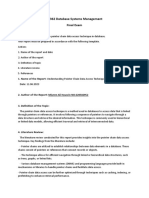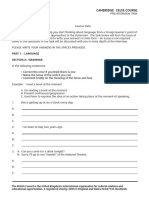0% found this document useful (0 votes)
245 views15 pagesConstructed Language
A constructed language, or conlang, is a language that is intentionally created rather than developed naturally, often for purposes such as fiction, communication, or experimentation. These languages can be categorized into engineered languages, auxiliary languages, and artistic languages, with distinctions made between a priori (not based on existing languages) and a posteriori (derived from existing languages) types. While conlangs are typically rare, they can evolve into natural languages if they gain a community of fluent speakers.
Uploaded by
benedict.arnold.schumerCopyright
© © All Rights Reserved
We take content rights seriously. If you suspect this is your content, claim it here.
Available Formats
Download as PDF, TXT or read online on Scribd
0% found this document useful (0 votes)
245 views15 pagesConstructed Language
A constructed language, or conlang, is a language that is intentionally created rather than developed naturally, often for purposes such as fiction, communication, or experimentation. These languages can be categorized into engineered languages, auxiliary languages, and artistic languages, with distinctions made between a priori (not based on existing languages) and a posteriori (derived from existing languages) types. While conlangs are typically rare, they can evolve into natural languages if they gain a community of fluent speakers.
Uploaded by
benedict.arnold.schumerCopyright
© © All Rights Reserved
We take content rights seriously. If you suspect this is your content, claim it here.
Available Formats
Download as PDF, TXT or read online on Scribd
/ 15
